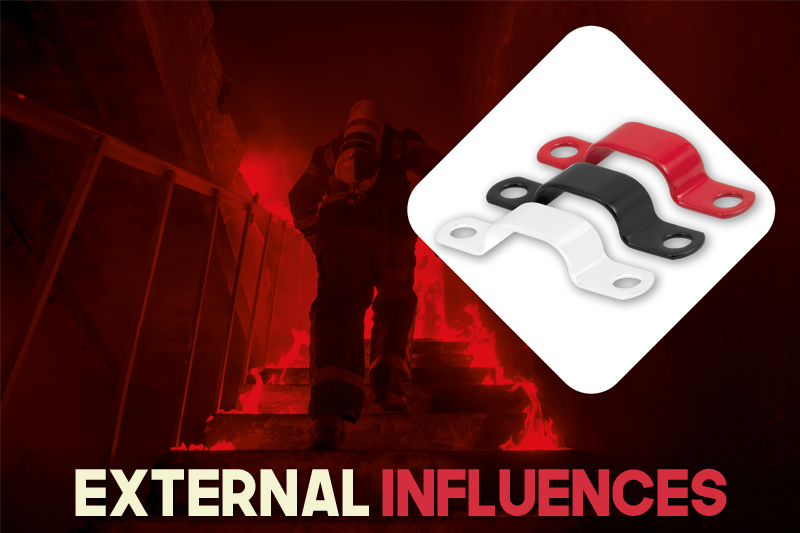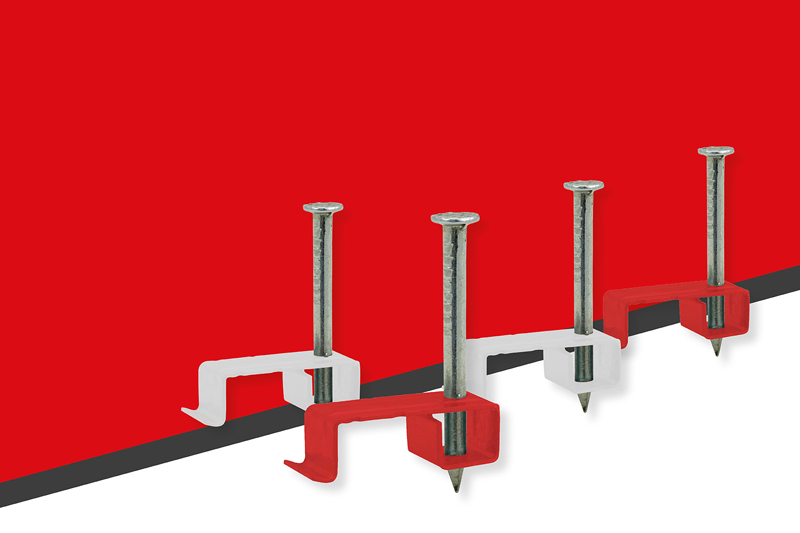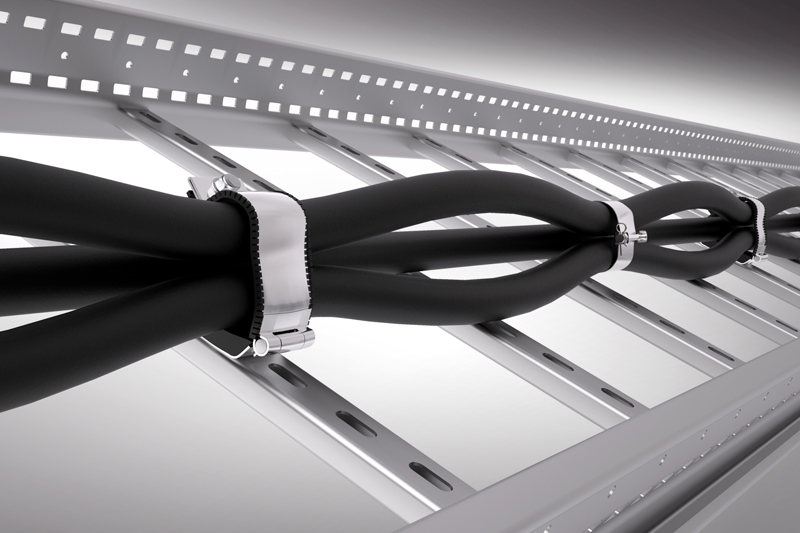Jake Green, Head of Technical Engagement, Scolmore Group, gives a brief overview of the general range of conditions detailed in Section 522 of BS7671, which an installer will have to consider as they select a suitable wiring system for an electrical installation.
One of the fundamental principles detailed in Chapter 13 of BS7671: 2018 (including amendments) is ‘Environmental conditions’. Simply stated, Regulation 132.5.1 requires that “the design of the electrical installation shall take into account the environmental conditions to which it will be subjected”.
Section 522
Section 522 of BS7671 details those environmental conditions that need to be considered when selecting and installing wiring systems. The scope of the section is wide ranging covering the following:
- Ambient temperature – requires the designer/installer to ensure that installed equipment is suitable for both the minimum and maximum temperatures reasonably expected. Account should also be taken of the maximum temperature expected under fault conditions (522.1).
- External heat sources – electrical equipment must be protected from the detrimental effects of specific heat sources. This might be by shielding, distancing from the source, having equipment capable of managing the level of heat or local reinforcement or substitution of insulating material (522.2).
- Presence of water or high humidity – electrical equipment must be suitably protected from ingress by water and/or the build-up of condensation. The Unicrimp Q-Nect series (junction boxes, connectors and connection boxes) provides a range of IP66 to IP68 products, providing the designer/installer with suitable options when selecting equipment for use in the presence of water (522.3).
- Presence of solid foreign bodies – requires the wiring system to be capable of minimising the danger arising from the ingress of solid foreign bodies. The IP rating should be suitable for the nature of the foreign bodies (522.4).
- Presence of corrosive or polluting substances – requires due account to be taken of materials/substances likely to cause corrosion or deterioration of the wiring system. This can be water (rust), presence of dissimilar metals or more obvious corrosive substances (522.5).
- Impact – the wiring system must be capable of withstanding damage caused by mechanical stress such as, impact, abrasion, penetration, tension, compression during installation as well as being protected from impact as part of the fixed installation (522.6).
- Vibration – requires a wiring system to be supported in such a way that due account is given to the likely vibration that will exist. This may require, for example, use to be made of saddle clips rather than standard cable clips where a cable is not installed within a cable management system (522.7).
- Other mechanical stresses – requires a wiring system to be selected and erected to avoid during installation, use or maintenance, damage to the sheath. This requires use to be made, where necessary of correct saddles, clips and the like to support cables to avoid damage to the cables and terminations. Furthermore, amongst other things, buried cables should be suitably marked with tape/cable covers (522.8).
- Presence of flora and/or mould growth – requires the designer to take account of the effects of plants, trees and the ingress of mould growth (522.9).
- Presence of fauna – recognises that wildlife can have a serious negative impact on an installation. Rodents can gain access through very small openings; large animals can cause significant damage to cables and the like. Designers and installers must make use of both suitable wiring systems and correct locations to avoid damage (522.10).
- Solar radiation and ultraviolet radiation – where solar or ultraviolet radiation is likely to have a significant effect, a suitable wiring system must be selected and erected or properly shielded (522.11).
- Seismic effects – are unlikely to be an issue in the UK (522.12).
- Movement or air (522.13) and Nature of processed or stored materials (522.14) is covered in other parts of BS7671.
- Building design – requires the designer to take due account of where structural movement is likely to exist and potentially create excessive mechanical stress. This typically happens in larger and taller buildings where relative movement is required as part of the build (522.15).
This article has only touched upon the various environmental factors to be considered by designers and installers. Reference should also be made to Appendix 5 of BS7671for the applicability of the various codes detailed in Section 522.
For more information, click here





